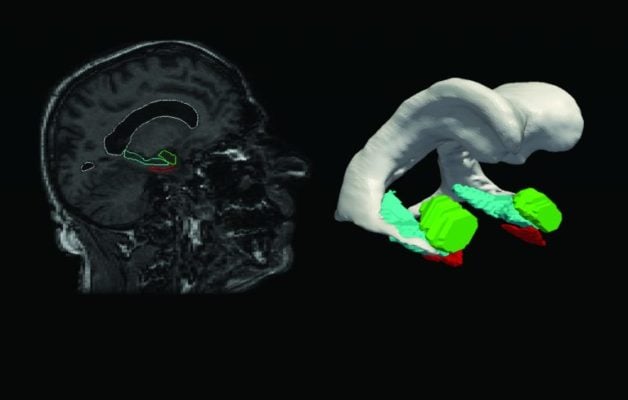Michael Miller: Catching Alzheimer’s Early

Michael Miller, the Herschel and Ruth Sedar Professor of Biomedical Engineering and University Gilman Scholar, is analyzing MRI brain images of the elderly to unveil lurking signs of Alzheimer’s that cognitive tests cannot detect.
The causes and cures of this neurodegenerative disease are still unclear, but researchers know that the brain begins to change even before memory loss and other symptoms appear.
“We need to be looking at the brain before someone starts to complain of significant clinical symptoms,” he says.
Working in collaboration with Marilyn S. Albert, director of the Division of Cognitive Neuroscience, and Laurent Younes, chair of applied mathematics and statistics, Miller is using computer models to study the shape and volume of three brain structures in the temporal lobe associated with memory. They have found significant changes in the entorhinal cortex 10 years before symptoms develop.
Images reveal shrinking gray matter, which is “consistent with losing neurons, which are the computing machinery associated with memory storage and retrieval,” says Miller.
The disease eventually progresses, causing the hippocampus and amygdala to shrink as well, typically two to four years before symptoms appear. Comprehending these changes could lead to interventions that slow the disease’s progression.
“If we find an important-enough marker, it could be used to diagnose and alter care,” says Miller.
Click here for the story in JHU Engineering Magazine.
